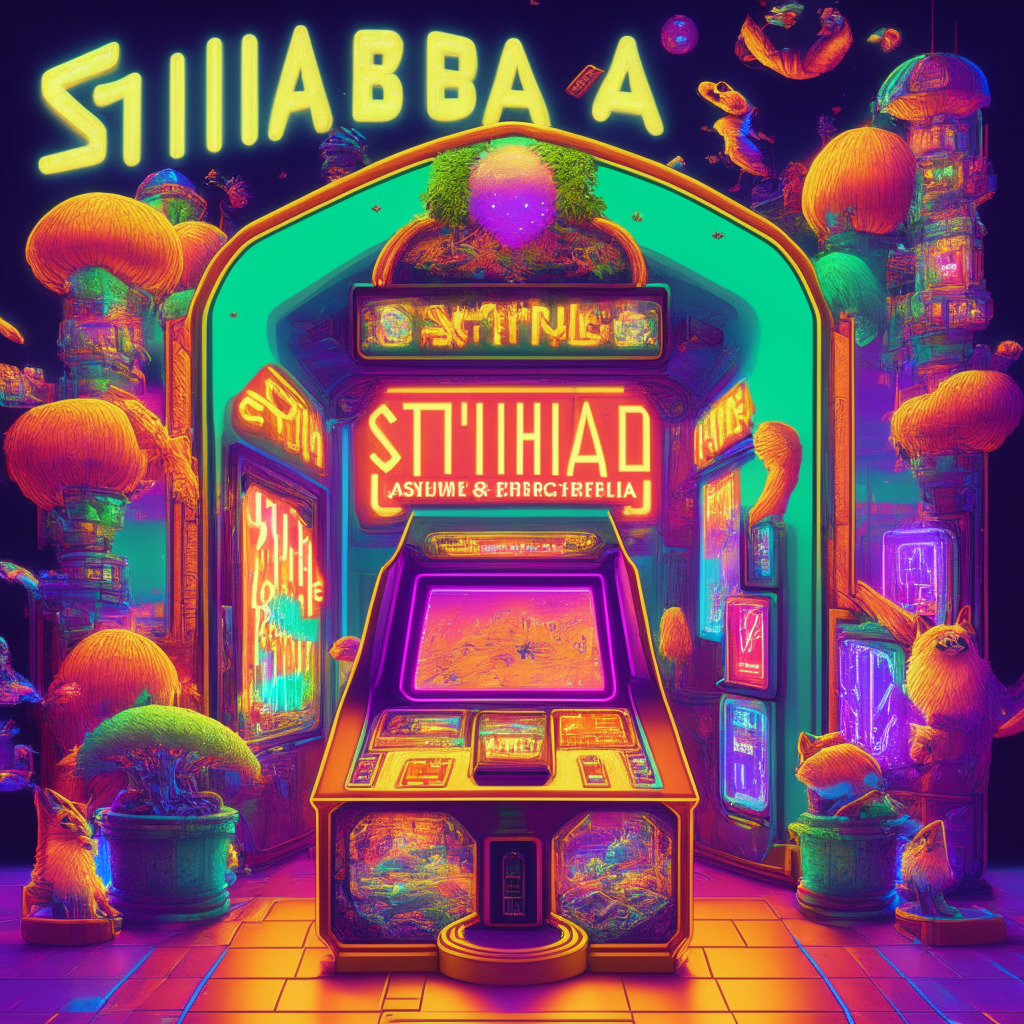In the rapidly growing sphere of artificial intelligence (AI), many developers seek out tools capable of enhancing coding efficiency. Several AI coding tools have surfaced to streamline coding tasks and expedite the development process. Nine AI coding tools stand out: TensorFlow, PyTorch, Keras, Jupyter Notebook, OpenCV, Git, Pandas, scikit-learn, and Visual Studio Code.
TensorFlow, created by Google, is a favored open-source platform for machine learning models. It offers a comprehensive array of tools, allowing speedy creation and training of AI models. The popularity of this tool among developers is based on its robust support and detailed documentation.
In contrast to TensorFlow, PyTorch emphasizes simplicity and flexibility. Created by Facebook’s AI Research team, its dynamic computational graph promotes efficient model experimentation and debugging. Its wide-ranging library support and a straightforward interface make it popular among both scholars and developers.
Keras, a Python-based application programming interface (API) for high-level neural networks, acts as a wrapper around lower-level frameworks like TensorFlow. It simplifies the process of creating and training deep learning models, making it accessible to developers of varying skill levels.
Jupyter Notebook offers an interactive venue for creating and sharing documents with live code, visuals, and narration. Because it supports various computer languages, it has become the preferred tool for experimenting with AI algorithms and visualizing results.
The Open Source Computer Vision Library (OpenCV) provides numerous tools for object detection, image recognition, and video analysis. As such, it is a valuable tool for AI applications that require computer vision capabilities.
Git, a popular version control system, enables developers to control their codebases effectively. Its version control is an asset for AI projects, which usually involve complex models and data sets. Git aids project management by tracing changes, fostering collaboration, and facilitating rollbacks when necessary.
Pandas, a Python library, provides high-performance tools for data handling and analysis. Its simple data structures, like Data Frames, are useful for developers working with large data sets.
Scikit-Learn, a popular machine learning library, provides tools for data pre-processing and model selection. Because it supports varied machine learning tasks and has user-friendly interfaces, developers can quickly prototype and experiment with AI models.
Lastly, Visual Studio Code (VS Code), a flexible and fast code editor, is well-regarded among developers. With VS Code, an array of AI development capabilities is available due to its extensive ecosystem of extensions.
While these nine tools each offer unique benefits, their value is enhanced when used in conjunction with one another. Developers should therefore familiarize themselves with each and learn how to maximize their collective power.
Source: Cointelegraph




